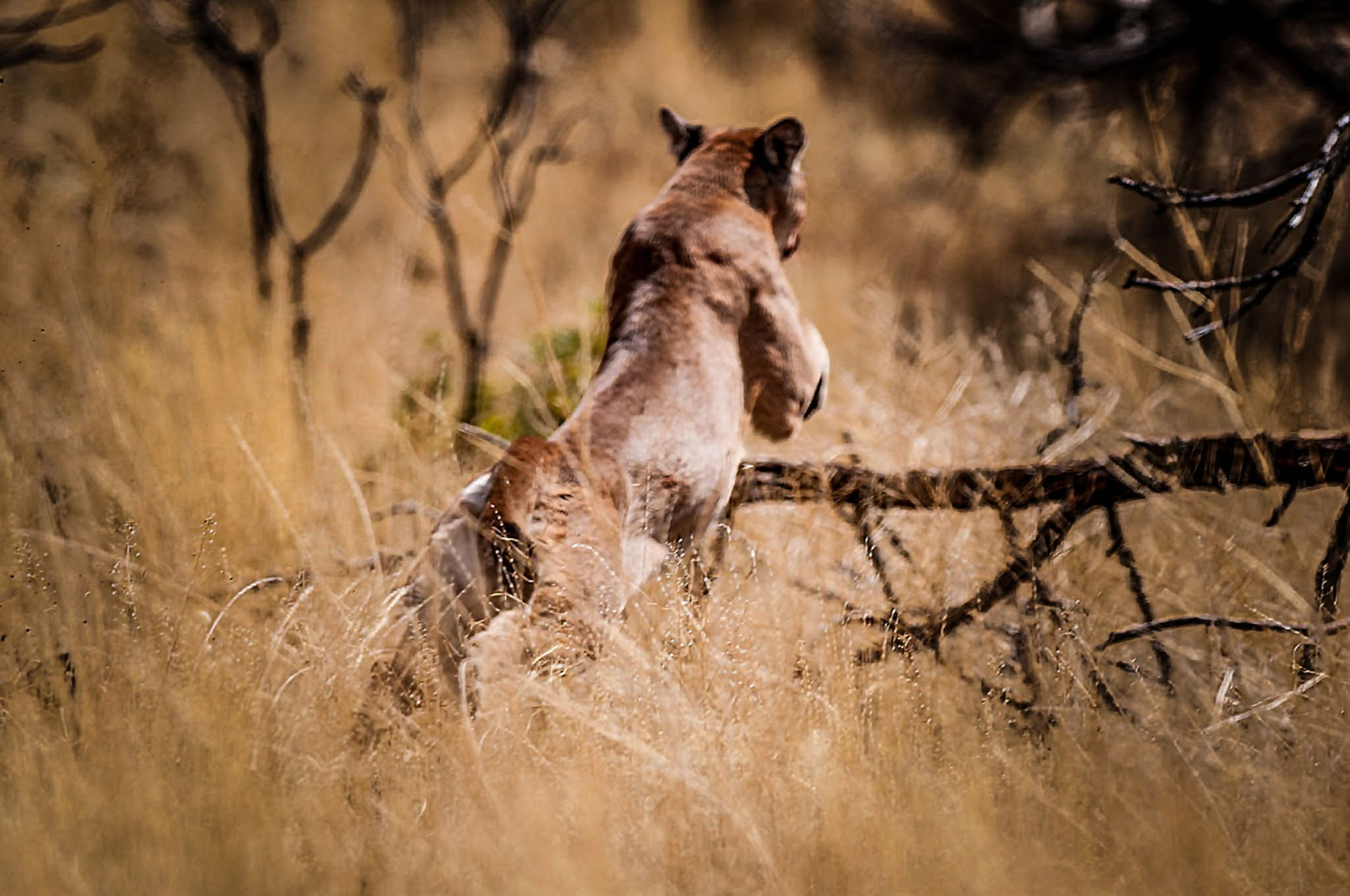

Mountain lion attacks on humans are extremely rare. However, as human population expands into mountain lion habitat, more frequent sightings may occur and human/mountain lion encounters may increase. Mountain lions are quiet, solitary and elusive, and typically avoid people by nature.

Nonetheless, it is wise to know what to do if you ever find yourself confronting a mountain lion. You should consider yourself fortunate if you ever get the opportunity to see one of these big cats.īecause lions are secretive by nature it is rare to see a mountain lion however, as we encroach upon their habitat conflict is bound to occur. In the Trans-Pecos, the home range of mountain lions range from 50,000 to 80,000 acres. Contemporary records of mountain lions in other portions of the state are infrequent and probably represent dispersing individuals from main breeding populations. Smaller populations of mountain lions still inhabit portions of the South Texas Plains, the Balcones Escarpment and rugged canyonlands in the Panhandle of Texas. The largest breeding population of mountain lions in Texas occurs in the Trans Pecos region where there are large undeveloped tracts of land. If you spend a lot of time in the wilderness, and live in a mountain lions. Mountain lions are native to Texas and classified as a nongame species. Even though mountain lion encounters arent extremely common, they do happen. If attacked, play dead until (hopefully) the bear loses interest and wanders off.Mountain lions are classified as a nongame species. Make noise and appear as a large as possible by opening your jacket or holding a running pack over your head. If attacked, try to scare off a black bear. In the United States, it’s easy as only black bears and grizzly (brown) bears roam our portion of North America. Kuykendall also suggests noting the color of the bear.

Speak in a low, calm voice to the animal, make yourself appear large, if you have children, pick them up so they don’t appear small, and don’t turn your back. When out of that position, you want to make it clear that you are not prey, she says. Preferably, move sideways to really give the bear space. Get out of that position quickly, but move slowly. That is the worst case scenario as the mother will go into protection mode. If you do, Kuykendall says the first thing you need to do is make sure you are not between a mother and her cubs. No matter what you need to improve in your running life, find it with Runner’s World+! 🏃🏻♀️🏃♂️īears look cute and fluffy, but they are not something you want to see out in the wild. Most mountain lions will try to avoid confrontation. Never approach a mountain lion especially one that is feeding or with kittens. Regardless of where you usually run, it’s important to be prepared for whatever critters may cross your path, so here is a quick guide to surviving encounters with some of the most common animals you may confront when you’re out there. If You Encounter a Mountain Lion If you spot a mountain lion and the animal is unaware of you, alter your route so that you will move away from its area. “It’s a wild animal and can be unpredictable.” “If you see an animal in nature, it’s exciting and a special treat, but you always have to be wary,” she says. That’s why we spoke to Kate Kuykendall, an expert and spokesperson for the National Parks Service, to get her best tips for what to do when you run-quite literally-into certain animals. What’s important to know about these situations is that each requires a specific action plan to get out of safely. Many runners can tell tales of being chased by dogs while others share scarier encounters with the likes of a mountain lion or a coyote.Īnd just this week, we saw another viral encounter of a runner talking down a bear that was following him for a half mile in Wyoming’s Grand Teton National Park. No matter where you’re running, whether in the city or the mountains, you are likely to encounter different creatures of the animal kingdom from time to time.


 0 kommentar(er)
0 kommentar(er)
